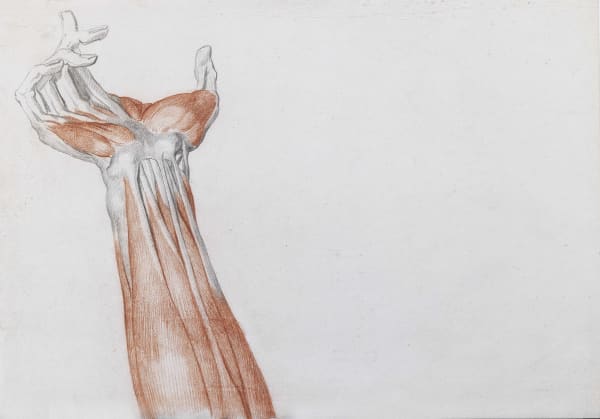VINCENZO CAMUCCINI
The departure of Atilius Regulus, c. 1802



Manuel Godoy collection; London, private collection; Dragør, Sadolin collection
- Federica Giacomini






Subscribe to our newsletter to receive all the news about exhibitions, fairs and new acquisitions!